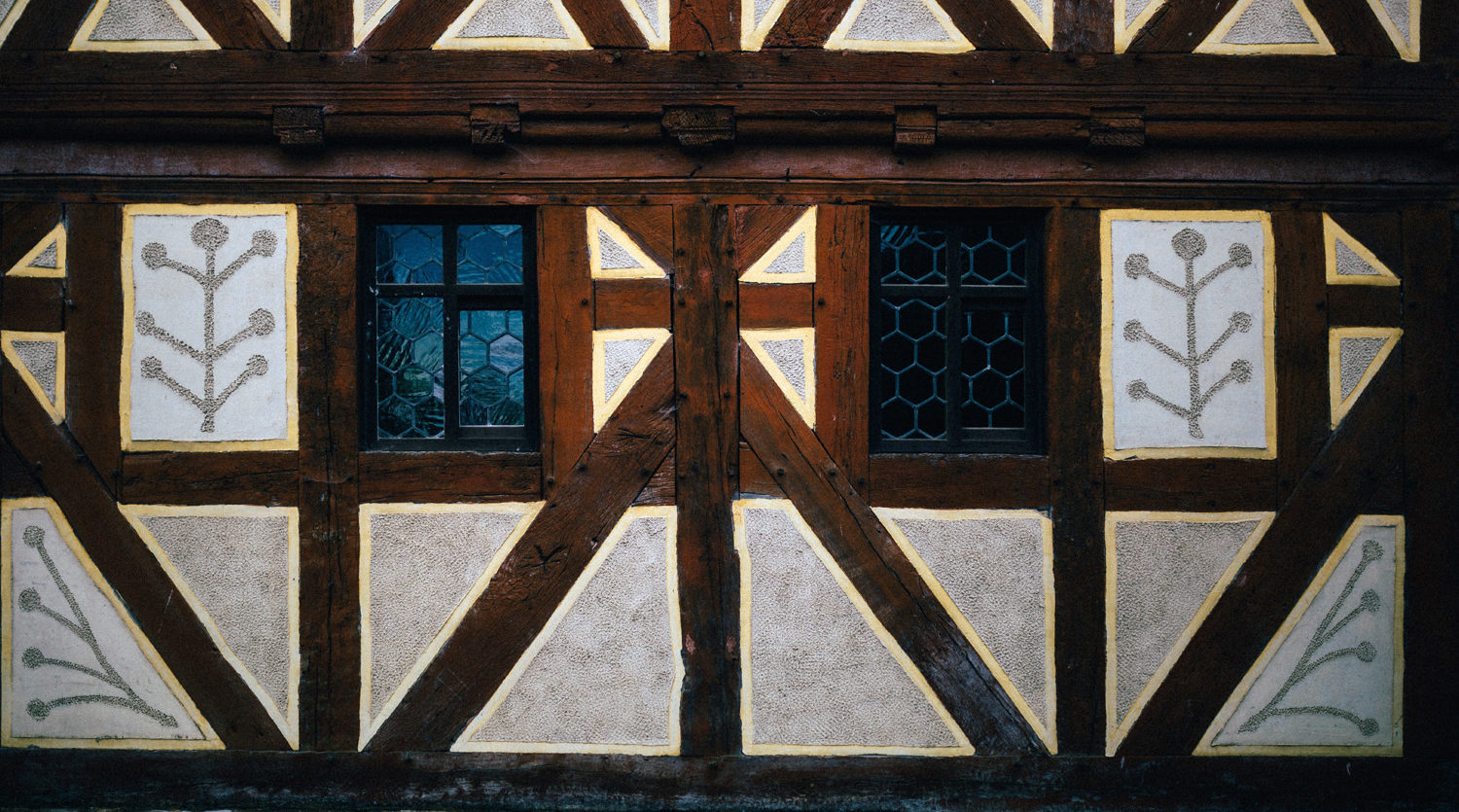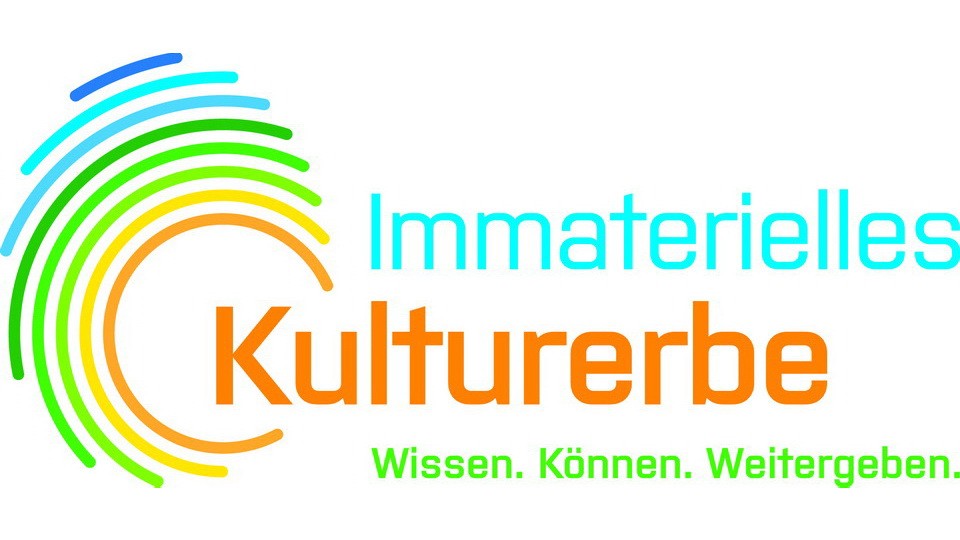Kratzputz – sgraffito the Hessian way

Hessian Kratzputz has been declared part of the Intangible Cultural Heritage by the German Commission for UNESCO. Several buildings in the Hessenpark Open Air Museum have been embellished with this plaster technique.
Sgraffito or its German version Kratzputz – “scratch plaster” – has been popular for decorating panels of half-timbered buildings for a very long time. Clay surfaces have been adorned this way since about 1500. Only very few of these façades have survived until today. The technique was most common in the 18th and 19th century. Embellishments were scratched or dotted into the moist plaster. Between 1900 and 1960 cement was also used a surface for sgraffito. Sgraffito techniques were not only popular in Hesse but were also prevalent in Franconia, Saxony and Thuringia. Sgraffito in Hesse was predominantly used in the regions of Biedenkopf, Marburg, Vogelsberg or Dillenburg. Today, only some companies still specialise in sgraffito. One of them, and a well-known one, too, is the Donges family from Herzhausen, a family consisting of painters and decorators for seven generations now, who still carry out façade works using sgraffito in and around Marburg and Biedenkopf. Various institutions such as e.g. the national office for monument protection and the Hessenpark Open Air Museum have made the conservation of this craft one of their priorities.
These are the museum buildings where you can still see decorations created using Hessian sgraffito:





